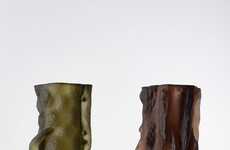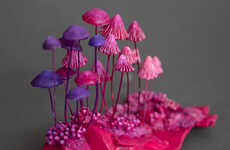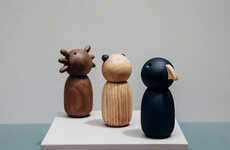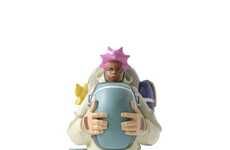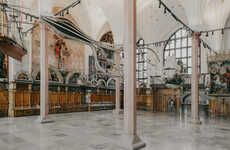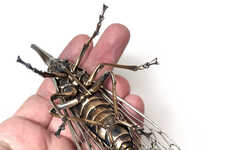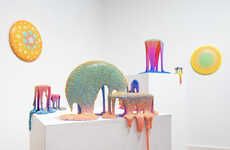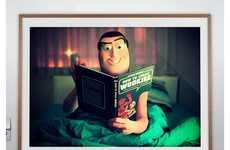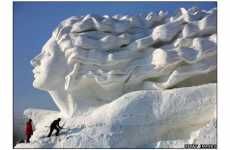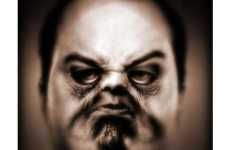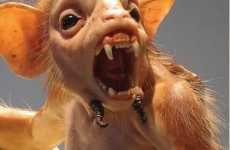
Prodigious Products by Rebeca Gilling
Pearl — August 31, 2008 — Art & Design
References: prodigiousproducts.blogspot & notcot.org
Rebeca Gilling’s unusual human-animal hybrids are 3-D fantasy artwork. Some of her creations are mounted just like taxidermal work except that these were the figments of her fertile imagination.
One exceptional piece is the “conjoined” heads of horned men. Another is a man-octopus hybrid.
She says, “In my work, I am a mad scientist. In my work, I am playing God.”
She uses clay for her sculptures which she describes to being a little like a scientist which she once aspired to be when she was young. She gets to experiment with the clay.
She adds, "Clay is based on physics and chemistry and in my work I embrace biology.”
One exceptional piece is the “conjoined” heads of horned men. Another is a man-octopus hybrid.
She says, “In my work, I am a mad scientist. In my work, I am playing God.”
She uses clay for her sculptures which she describes to being a little like a scientist which she once aspired to be when she was young. She gets to experiment with the clay.
She adds, "Clay is based on physics and chemistry and in my work I embrace biology.”
Trend Themes
1. Hybrid Taxidermy - Creating fantasy creatures through taxidermy techniques could be a new trend in the art industry.
2. Bio Art - The synthesis of science and art in pieces like these could pave the way for a new wave of bio-inspired artwork.
3. 3D Sculpture - The rise of accessible 3D printing technologies could make creating unique sculptures like these more accessible to a wider audience.
Industry Implications
1. Art - The art industry is ripe for new forms of disruptive and provocative pieces.
2. Science - The intersection of science and art could lead to breakthroughs in communicating scientific concepts to the public.
3. Technology - Advances in 3D printing technology could change the way artists create sculptures and bring concepts that were once impossible to life.
1.7
Score
Popularity
Activity
Freshness



